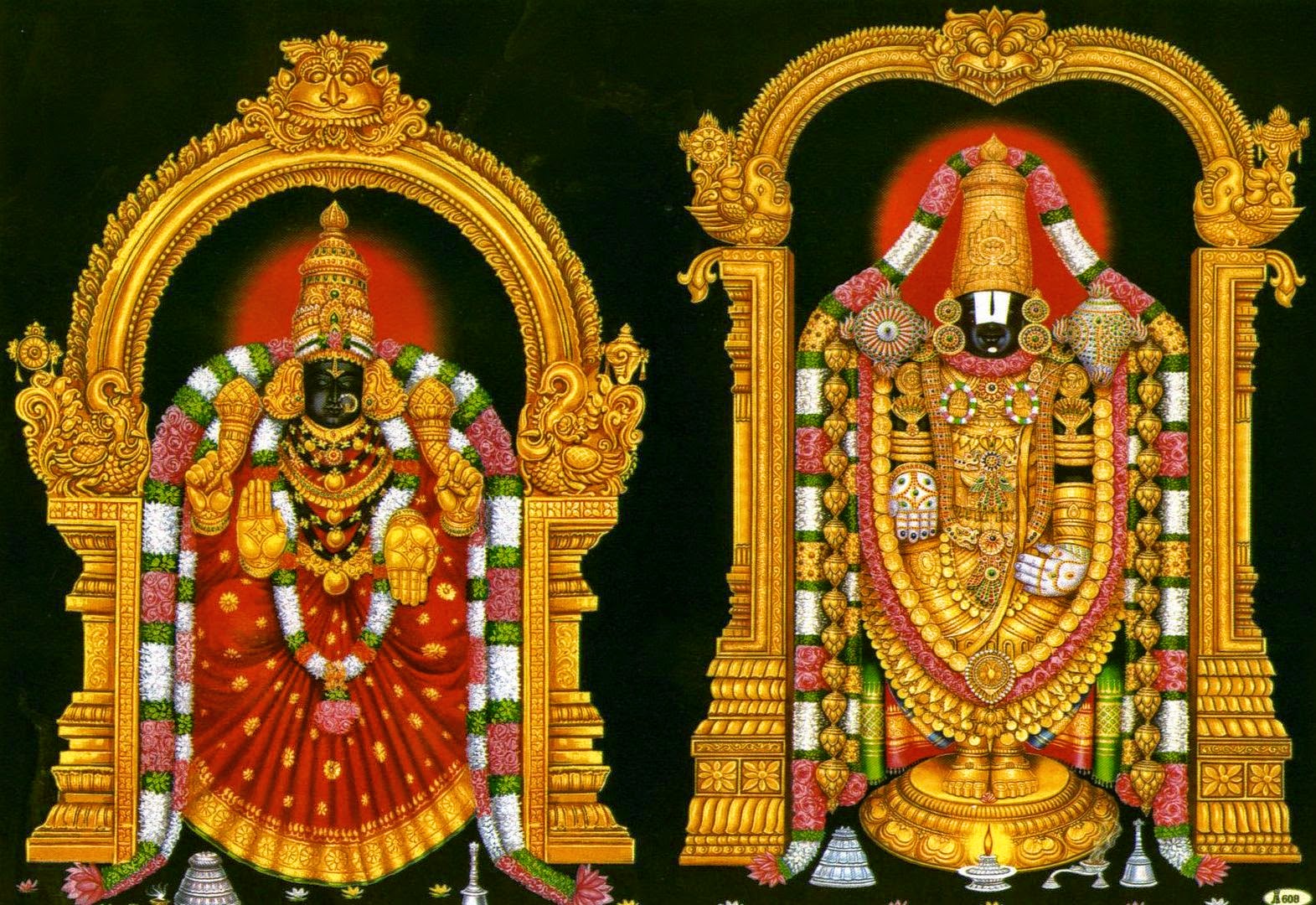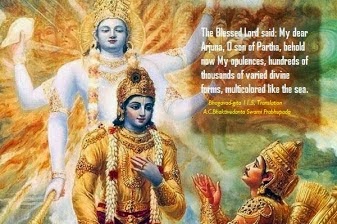The Tree of Life 1-4. Swami Krishnananda.
=========================================================================
Chinmaya Mission :
Sidhbari nestled in the Himalayan Dauladhar ranges in Himachal Pradesh still remains an unknown to many. Sharing today a few reasons to consider Chinmaya Tapovan Ashram, Sidhbari as your next destination for a spiritual retreat in India.
=========================================================================
Wednesday, September 28, 2022. 07:00.
Discourse 1: The Twofold Character of Cosmic Life - 4.
=========================================================================
Chapter 15 – Purushothama yogam :
The Yogam of the Supreme Divine Personality :
Lessons from the Analogy of a Banyan tree :
========================================================================
The analogy the Bhagavadgita places before us to explain the nature of life as a whole is the well-known analogy of a tree. The whole of life is compared to a large tree spreading itself in every place, in and out of things, and extending from heaven to the nether regions:
ūrdhvamūlam adhaḥśākham (B.G. 15.1).
We have never seen a tree of this type whose roots are above and branches are below. It is an unthinkable tree. How can the roots be above in the skies and the branches be below on the Earth? But such is the tree which life is.
------------------------------------------------------------------------------------------------------------------------
This tree is taken as the example of the structure of life because of the way in which the tree grows. Life is a growing process and a movement with the power of the waves of an ocean rumbling within its own bosom, urging itself forward in a direction which is spread out everywhere, in all places. The growth of life is not in any particular linear direction. It is an all-round movement, like the growth of our own body. When we grow into an adult from a baby, we do not move only vertically or horizontally, but in every aspect—inwardly and outwardly—in a balanced manner.
---------------------------------------------------------------------------------------------------------------------------
The creative evolution of life, into which great research has been made in modern times by philosophers such as Bergson, is a tendency to move in every direction, outwardly expressing its power of vitality for a purpose which the human mind cannot properly envisage. When we grow, we do not know what we are growing into, and to what purpose. Why should we become an adult? Who has written this, in which scripture? Why should we not remain as a baby? What is the harm? Let us all be babies and never grow, or let us be born as youths. Why should we be born as babies and then grow into youths, and then have this agonising decrepitude of senile ataxia? What is all this mystery? Why should there be this growth of anything or everything? What is the direction which things are appearing to take? Why should the tree grow? Why should man prolong his life up to a certain limit and then disappear from the Earthly scene, not knowing even the time of his disappearance? What is this tremendous impulse in us which keeps us expecting something noble in the future, though that future may be cut short in one moment by the icy hands of nature?
--------------------------------------------------------------------------------------------------------------------------
We know very well that our Earthly life can come to an end at any moment, but we never take it very seriously. We can take it seriously if it goes so deeply into our hearts that we will not be able to breathe even for a few seconds. Something in us overpowers this instinct of the awareness of the impending discontinuity of life, and we are instinctively compelled to brush aside this immanent catastrophe of what we call death that may descend upon us at any moment of time.
--------------------------------------------------------------------------------------------------------------------------
While there is on one side the instinct of the consciousness of death and destruction, there is also another kind of instinct which keeps us completely forgetful of this phenomenon of life. We would very much wish to forget that there is such a thing called death. Nobody would like to think there is such a thing as that because it hangs before us as an ominous horror.
---------------------------------------------------------------------------------------------------------------------------
Now, a reality cannot be forgotten. If the death and destruction and annihilation of Earthly existence is to be an end of all things, if that is a reality by itself, there cannot be another reality overcoming it. But there is something in us which somehow or other overwhelms this instinct of destruction and sorrow, and tells us that life need not necessarily be equated with all sorrow. If it is concluded once and for all that life is only sorrow and an ocean of suffering, and there cannot be anything else but that, then there cannot be any such thing as the instinct of hope for a better future. But who does not hope for a better future? So we have in us a mysterious and tremendous impulse for what we may call an immortal pursuit of the ultimate success in life, though what is visible to our eyes is only darkness and pain.
*****
To be continued ....
=========================================================================












Comments